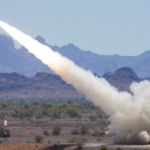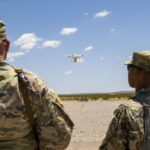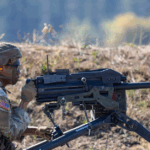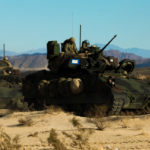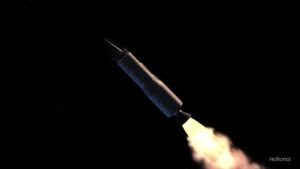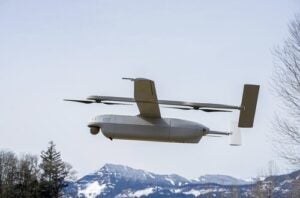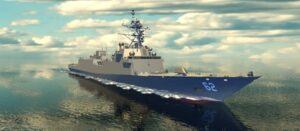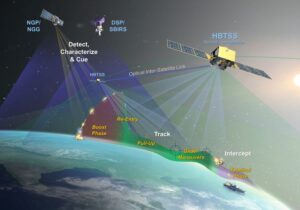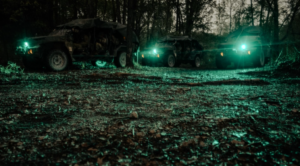
The Army’s 101st Airborne Division just completed the first exercise with the service’s new Mobile Brigade Combat prototype concept, which features the GM Defense [GM]-built Infantry Squad Vehicle (ISV) as a key focus capability. Maj. Gen. Brett Sylvia, 101st Airborne Division commander, told reporters on Thursday the work with the Mobile BCT was part of a larger event supporting the Army’s new “Transformation in Contact” initiative where select formations will train on new concepts and capabilities to inform how the…

 By
By 